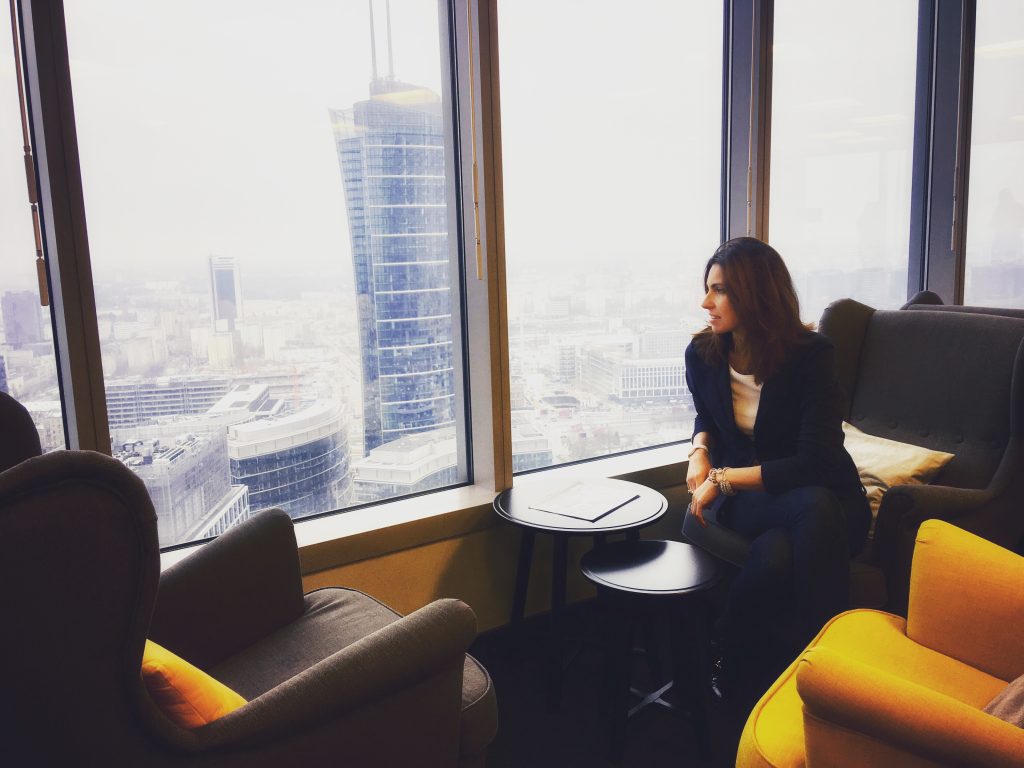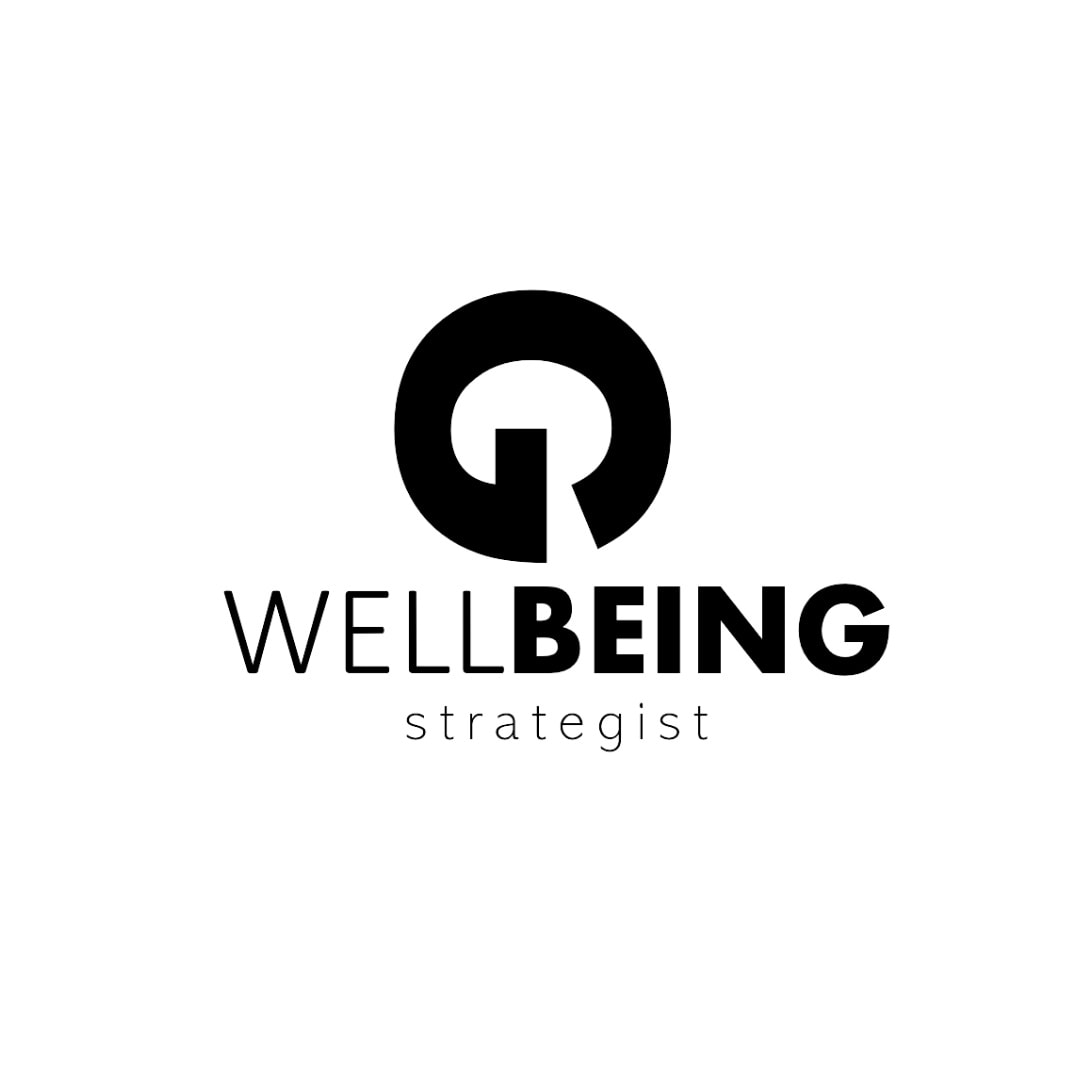In the post-pandemic landscape, executive burnout has soared, with many grappling with unprecedented levels of emotional exhaustion. This work-related fatigue transcends mere tiredness, encompassing severe physical and psychological distress that could potentially cripple one’s work-life balance. Understanding and addressing executive burnout is not just crucial for the well-being of the executives but is pivotal for the holistic health of an organisation. With its rising prevalence, recognizing the causes of executive burnout stands as the first step towards fostering a more balanced, productive, and harmonious work-life.
Table of Contents
Understanding Executive Stress and Burnout
In order to devise effective strategies to prevent and manage executive burnout, it is pivotal to deeply understand what it entails. Burnout is a state of emotional, physical, and mental exhaustion caused by prolonged and excessive stress. It often emerges from the workplace, where the relentless pressure to succeed creates a fertile ground for this condition.
Definition and Explanation of Burnout
Burnout is more than just feeling tired or stressed; it is a chronic condition characterised by a lack of interest and motivation, often leading to a sense of despair and depression. It generally occurs when an individual feels overwhelmed, emotionally drained, and unable to meet constant demands. This critical issue goes hand in hand with feelings of inefficiency and a loss of personal identity.
The Physical and Mental Symptoms of Burnout
Physically, individuals suffering from burnout may experience ailments such as headaches, digestive issues, and sleep disturbances. Mentally, it can foster anxiety, depression, and irritability, severing the strong pillar of stability that one relies on daily.
Burnout can also cause cognitive issues, including difficulties with concentration and memory. In severe cases, it can lead to mental health disorders that demand clinical intervention.
The Impact of Burnout on an Individual’s Work and Personal Life
Burnout not only hampers professional development but also deeply infiltrates personal lives, disturbing the delicate equilibrium of work life balance. At work, it could translate to reduced efficiency, increased absenteeism, and even a higher turnover rate, as executives find themselves unable to cope with the demands of their roles.
In personal lives, burnout can erode relationships and diminish the quality of life, as individuals find less joy in activities they once loved. It has a domino effect, where the repercussions are felt in every aspect of an individual’s life, turning vibrant existences into monochromatic sequences of stress and exhaustion.
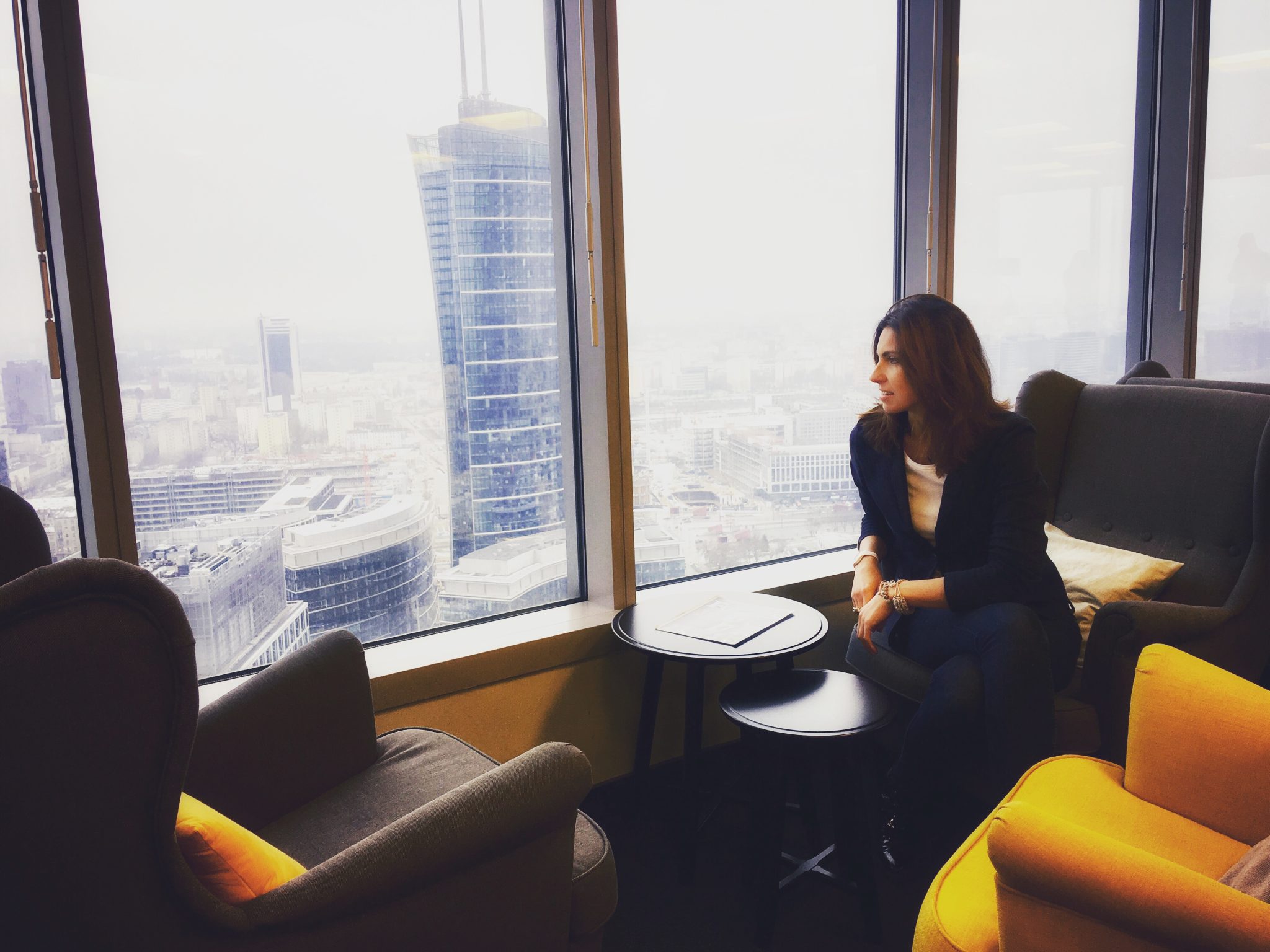
The Root Causes of Executive Burnout
The complexity of executive roles often harbours numerous triggers for burnout. Identifying and understanding these root causes are vital steps in preventing and managing fatigue efficiently. Here we explore some of the prominent factors that foster this detrimental condition.
High-Stress Environments
Executives often navigate high-stress environments daily, facing immense pressure to make vital decisions, meet deadlines, and ensure the organisation’s success. This chronic stress is a fertile ground for burnout, gradually wearing down even the most resilient individuals.
Unrealistic Expectations and Pressures
In the fast-paced corporate world, executives are sometimes burdened with unrealistic expectations and pressures, setting a stage for constant anxiety and, eventually, burnout. The constant drive to meet and exceed these expectations can lead to a relentless cycle of overexertion and exhaustion.
Constantly Changing Targets and Goals
Adapting to constantly changing targets and goals can be both mentally and physically draining. The ceaseless alterations can induce a sense of instability and uncertainty, fostering a continuous state of stress that can inevitably lead to burnout.
Long Working Hours
Executives often find themselves working long hours, a practice that not only disrupts work life balance but also takes a toll on physical health. The culture of overworking can lead to burnout, with the extended hours eroding personal time and space, fostering resentment and fatigue.

The Culture of Overworking
Beyond long hours, the culture of overworking praises relentless work at the expense of personal health and relationships. This toxic culture sees no end, as individuals are caught in a never-ending cycle of pursuing more at the cost of their well-being.
Lack of Work-Life Balance
A healthy work-life balance is essential in maintaining mental health. The lack of it can be a silent precursor to burnout, with individuals finding little to no time to recharge and rejuvenate outside the work environment.
Lack of Support
The feeling of being unsupported in a demanding role can amplify stress levels. Whether it is inadequate support from team members or superiors, it creates a void where the executive constantly feels isolated and undervalued, paving the path to burnout.
The Challenges of Working in Isolated Environments
Working in isolated environments, especially exacerbated by remote working scenarios, can foster feelings of loneliness and disconnect, which can quickly spiral into burnout, particularly if the individual lacks a support network.
Personal Factors
Lastly, we cannot overlook personal factors such as pre-existing mental health issues and certain personality traits that can lead to exhaustion. Individuals with perfectionist tendencies or high levels of neuroticism are more prone to experience burnout. Understanding and acknowledging these traits can be a protective step in avoiding the precipice of executive burnout.
As we continue to unravel the nuances of this phenomenon, it becomes increasingly apparent that executive burnout is a multifaceted issue, grounded in both personal and professional spheres. In the subsequent sections, we will delve deeper into the corporate environment’s role in facilitating burnout, offering insights and potential solutions to this pervasive problem.

The Corporate Environment and Leadership Burnout
Delving further into the intricate web of factors that precipitate executive burnout, it becomes apparent that the corporate environment plays a monumental role. Leadership burnout, a subset of CEO burnout, particularly arises from the intricate dynamics of organisational culture and leadership style. In this section, we delve deeper into these aspects, analysing how they can either foster a healthy workplace or become breeding grounds for chronic workplace stress and burnout.
Organisational Culture
Organisational culture refers to the shared values, principles, and behaviours that govern how individuals interact in a workplace. A nurturing and inclusive culture can be a fortress against burnout, encouraging collaboration and promoting physical and mental health. Conversely, a toxic culture can be a hotbed for workplace stress and feelings of stress, undermining the very fabric of team synergy and individual morale.
The Role of Organisational Culture in Fostering Burnout
It is pivotal to understand that organisational culture can inadvertently foster burnout. Factors such as high workloads, prolonged stress, and inadequate reward systems can fuel a cycle of endless stress at work, leading to leadership burnout. Recognizing the warning signs and fostering a culture of support and recognition can help mitigate the underlying causes of burnout.
How Toxic Work Environments Can Lead to Burnout
Toxic workplaces, characterised by hostility, excessive competition, and lack of support, can worsen the state of executive well-being, pushing executives to the edge of despair. The constant negativity and severe stress engulf individuals, driving them into a cycle of anxiety and depression, which are prominent precursors to burnout. It is vital to establish boundaries between work and home to prevent chronic fatigue and maintain a healthier state of being.

Leadership Style
The leadership style adopted within an organisation has a profound impact on the overall workplace. Authoritarian leadership styles can sometimes exacerbate stress levels, while a more democratic approach encourages feedback and fosters a sense of community, acting as a buffer against burnout. Understanding the nuances of different leadership styles and their impacts is critical in cultivating an environment that promotes well-being and prevents feelings of exhaustion and stress.
How Different Leadership Styles Can Contribute to Burnout
Different leadership styles bring with them varied levels of stress and expectations. For instance, transactional leadership can foster a high-pressure environment, escalating the likelihood of burnout. Conversely, transformational leadership, which encourages innovation and inclusivity, can potentially reduce stress and create a more balanced work environment, where individuals are less likely to feel overwhelmed.
The Impact of Micromanagement on Executive Wellbeing
Micromanagement, often seen while working with an executive who insists on overseeing every small detail, can be a source of physical & mental exhaustion. The constant scrutiny and lack of trust breed a stressful environment where executives feel like they’re suffocated and undervalued. This leadership approach can quickly lead to exhaustion, as it stifles creativity and fosters a toxic environment of incessant stress and burnout. Creating a work culture that respects individuality and promotes wellbeing is crucial, which may include encouraging executives to work longer hours when necessary, but also ensuring they have the autonomy and trust to do their job effectively.
In recognizing the deep-seated issues within the corporate environment that foster CEO burnout, organisations can begin to carve pathways to healthier, more inclusive, and balanced work places. It is scientifically proven, even by studies conducted by agencies such as the World Health Organisation, that a well-balanced work life is vital for the physical and mental health of individuals. Through introspection and change, it is possible to erect safeguards against burnout, protecting executives and fostering a culture of respect, innovation, and wellbeing.
Preventing and Mitigating Executive Burnout

As we navigate through the labyrinth of executive burnout, a special type of work-related stress that intensified during the pandemic, it becomes evident that prevention and mitigation are not only possible but essential. In this final section, we explore various strategies at organisational, personal, and leadership levels that can serve as pillars of support in preventing and mitigating the adverse effects of burnout, which often involves a sense of reduced accomplishment and mental fatigue.
Organisational Strategies
Organisations hold a cardinal role in steering the ship away from the tumultuous waters of burnout. Here are the strategies that can be employed:
Promoting a Healthy Work Culture
Developing a culture that prioritises well-being and balance is essential. Encouraging regular breaks, appreciating efforts, and letting employees know that their contributions are valued can be instrumental in fostering a healthy work environment where work and life can harmoniously coexist.
Offering Mental Health Resources and Support
Providing resources such as counselling services, workshops, and mental health days can go a long way in supporting employees and preventing burnout.
Personal Strategies
At the individual level, executives and managers can adopt measures to shield themselves from the unchecked tendencies that lead to burnout. Some viable strategies include:
Setting Boundaries
Learning to set boundaries that protect one’s personal time and mental health is crucial. It fosters a balance between work and life, aiding in the prevention of a state of physical or emotional exhaustion that also involves a grave toll on one’s mental health.
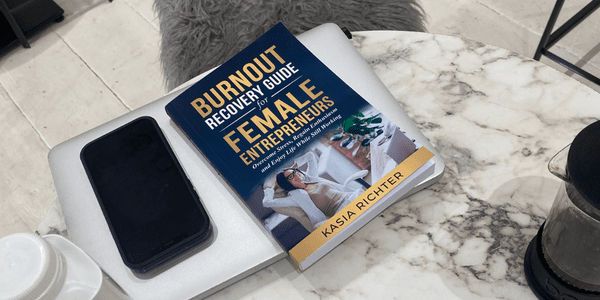
Seeking Therapy and Counseling
Regular therapy and counselling can be a safe space to unravel stressors and work on coping strategies, offering a pathway to better mental health and preventing dependencies on drugs or alcohol as a coping mechanism.
Leadership Strategies
Effective leadership involves nurturing a supportive team environment, something that is vital in curbing executive burnout. Leaders, especially those working closely with the rest of the team, can employ strategies such as:
Encouraging Open Communication
Leaders should foster an environment where team members can communicate their concerns and ideas openly, thus promoting a transparent and healthy work dynamic that may reduce the feelings of being in one of the world’s most stressful jobs.
Fostering a Supportive Team Environment
Building a team that supports and uplifts each other can act as a buffer against burnout, creating a foundation of mutual respect and collaboration. It is scientifically proven that such environments boost productivity and overall job satisfaction.
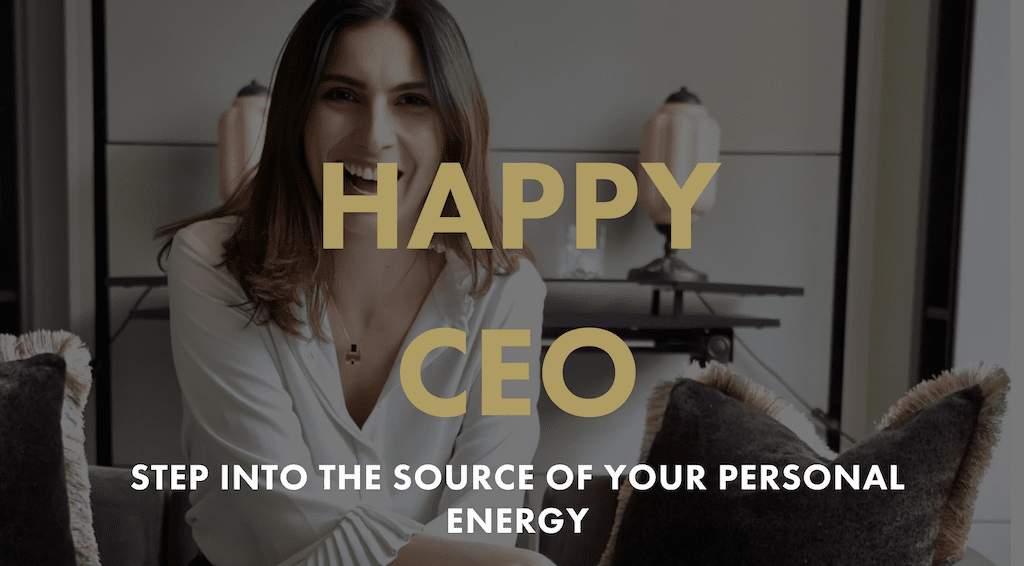
The Happy CEO
The Happy CEO executive burnout program is an innovative approach to equip executives, especially those at the c‑level, with tools, strategies, and resources to manage stress, promote well-being, and maintain a balanced approach to work and life. Designed with the unique challenges and pressures of leadership roles in mind, the program delves deep into the intricacies of executive responsibilities, offering solutions that resonate with the experiences of those at the helm of organisations.
Program Highlights
- Personalized Coaching Sessions: These sessions focus on understanding the individual challenges faced by the executive and devising tailored strategies to address them. Through one-on-one interactions, executives gain insights into their stress triggers and learn how to mitigate them effectively.
- Work-Life Balance Workshops: These workshops emphasise the importance of maintaining a clear boundary between professional and personal lives. They offer actionable strategies to achieve this balance, ensuring that executives don’t feel overwhelmed by their roles.
- Mindfulness and Meditation Training: Recognizing the benefits of mindfulness in reducing stress, the program incorporates meditation and mindfulness techniques. Executives are taught how to use these tools to centre themselves, making them more resilient in the face of work-related challenges.
- Networking and Peer Support: One of the invaluable aspects of the Happy CEO Program is the opportunity for executives to network with peers who face similar challenges. By sharing experiences and solutions, participants can benefit from collective wisdom and support.
- Resource Kit: Participants are provided with a comprehensive resource kit, including books, digital tools, and reference materials, all aimed at equipping them with knowledge and strategies to combat burnout.
Impact
Companies that have integrated the Happy CEO Program have reported marked improvements in their executives’ well-being, job satisfaction, and overall productivity. The program not only addresses burnout but also proactively promotes positive mental health, ensuring that executives lead their teams with renewed vigour and clarity.
By investing in executive burnout programs like the Happy CEO, organisations affirm their commitment to the well-being of their leadership, acknowledging the pivotal role they play in steering the organisation’s success. It becomes a testament to the fact that when leaders thrive, so does the entire organisation.

Conclusion
As we conclude our exploration into executive burnout, it is clear that addressing this issue is of paramount importance for the wellbeing of individuals and the organisations they represent. Preventing burnout yields a wealth of benefits for both executives and organisations at large, promoting healthier work environments and fostering enhanced productivity and job satisfaction.
By initiating constructive dialogues and sharing experiences, we can build a repository of knowledge and support. We encourage our readers to share their insights, experiences, and tips for avoiding burnout, fostering a community where well-being is a priority. Together, we can pave the way towards a future free from the clutches of executive burnout, steering towards success and happiness in the corporate world. Let us join hands in this noble endeavour, share your thoughts, and be a part of this vital conversation, even if you feel like you’re battling burnout alone – remember, a conversation can be the first step towards recovery.


